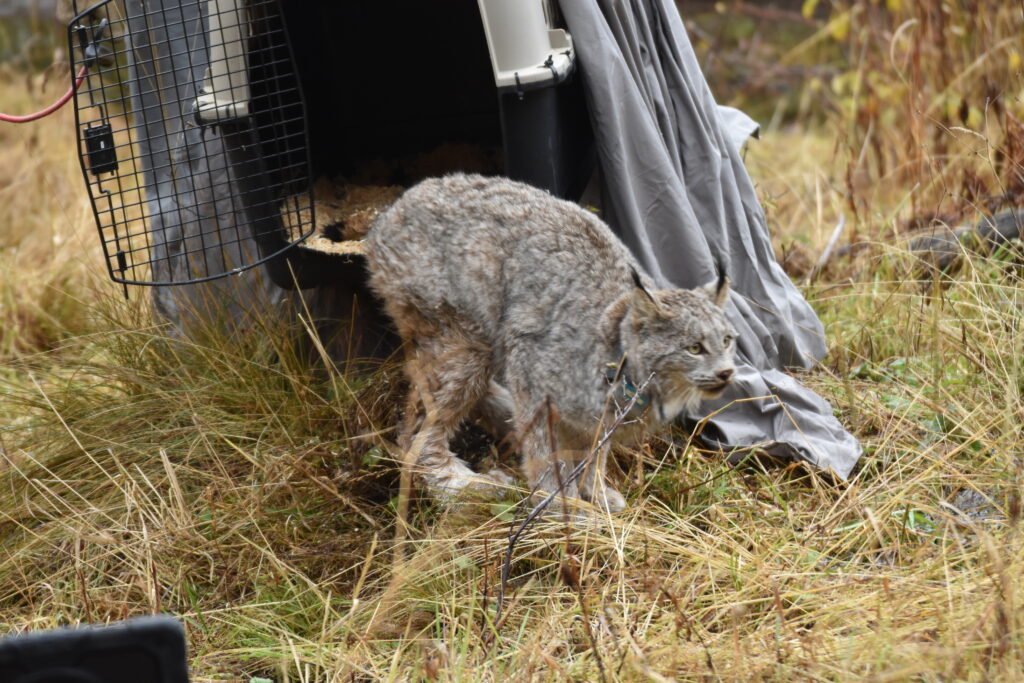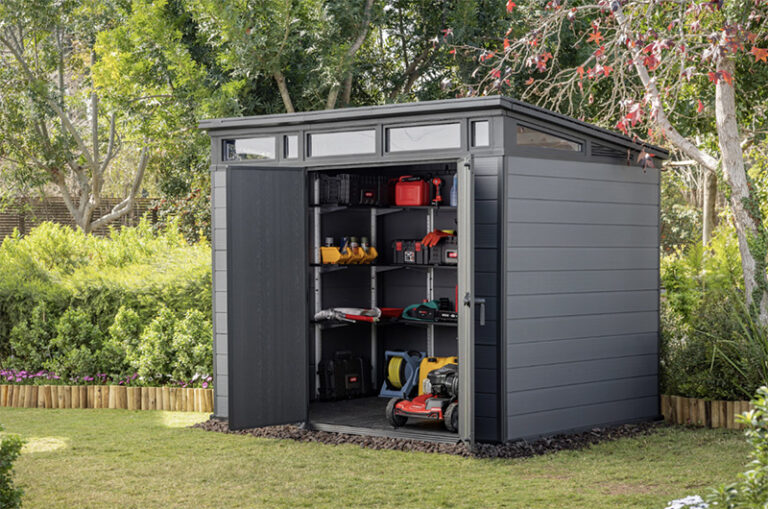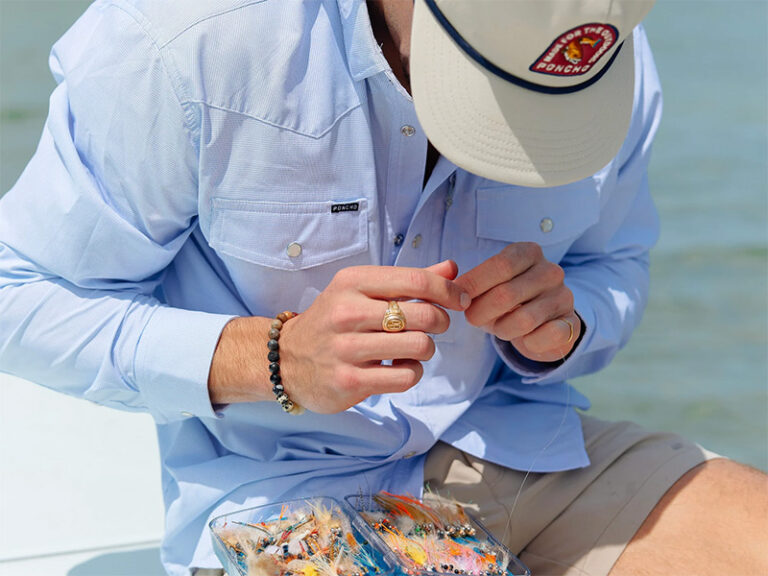Elusive cats re-introduced to the Colville Reservation
On a damp October morning, high on the northern end of the Colville Reservation, I got to witness one of the most elusive animals in all of North America, the Canadian Lynx. I was joining a crew from the Colville Confederated Tribes Wildlife Office as they released the 9th lynx of the season as part of a multi-year reintroduction effort to bring these cats back to the Kettle Range mountains of northeast Washington. This particular cat was trapped near Revelstoke, B.C. The ultimate goal is to re-introduce 50 cats over five years.
What is a Canada Lynx?
Although hard to distinguish lynx from bobcats—especially because neither stick around long when seen—lynx have larger ear tufts, flared cheek fur that sometimes curls below its chin, and black-tipped, bobbed tails. Lynx have also evolved to hunt in deep snow and have huge snowshoe-like paws and long, gangly legs.
Lynx are notoriously hard to collect data on unless they are radio collared. They are mostly nocturnal and solitary animals that can range large distances in search of their preferred food source, the snowshoe hare. Their diet is so linked to these large-footed hares that the predator-prey relationship is taught in almost every wildlife course.
Once abundant, lynx are considered a threatened species in the U.S. and endangered in Washington. A native cat that was once found in forested, mountainous habitats throughout the Northwest and beyond, over hunting and loss of habitat decimated U.S. populations. The remaining populations in the Western U.S. do not have much habitat connectivity either, which threatens the long-term genetic viability of these isolated pockets of lynx.
Fortunately, in Canada, lynx habitat is more intact and numbers are much higher. Trapping is also still allowed north of the border, and Canadian trappers are key to the relocation effort. These trappers know the habits of these cats better than most. Working with tribal biologists, they set trap lines of up to 60 traps in the fall. These lines are maintained until the permit for 10 cats a year has been met.

Lynx Re-introduction in Northeast Washington’s Kettle Range
Although the goal is to establish breading pairs of lynx in the Washington portion of the Kettle Range, after the first season, several lynx made their way back up to Canada. While losing a few animals back to B.C. was a small step back, the data collected from the movements of these cats was highly valuable for long-term conservation of the species; their ability to find a safe route between the Kettle Range and habitat to the north in Canada shows that there is a viable wildlife corridor. And, against many odds, two of those lynx were recaptured this season and returned to the Kettle Range.
Another sign of the success of the re-introduction effort came when Colville tribal biologists documented lynx kits being born in Washington, although the kits’ survival has not yet been documented. All this data indicates that lynx could survive in this southern U.S. portion of their range.
Each lynx release is different. Sometimes, as soon as the crate is open, the cat sprints for the trees. The large male I witnessed being released was reluctant to leave the perceived security of the crate. Once the cat decided to make the move, instead of heading for the trees, it ran down the road and stopped to drink prodigiously from a pond, giving us onlookers plenty of time to watch before it trotted into the woods and disappeared from view but not from the biologists that will continue collecting data on his movements.
Adam Gebauer writes the Nature column for each issue of Out There. His last article highlighted diseases affecting Northwest deer, elk, and moose populations. You can read more of his Nature columns online at Outthereoutdoors.com.













